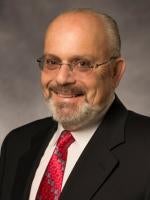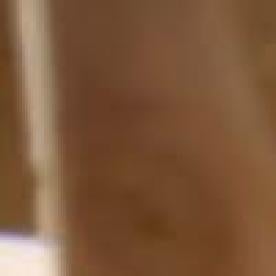Community associations are often given common elements in transition that incur damage from design and/or construction deficiencies. Associations typically have limited funds. Even those with ample financial resources are usually governed by Boards whose members are keenly aware of the fact that the Association’s funds are trust monies that need to be carefully managed and wisely expended.
Most board members do not have construction experience and are not lawyers or design professionals. They often do not know what to think when advised by counsel and engineering professionals that invasive testing is needed to permit investigation and documentation of the Association’s claims. Even when confronted with evidence of water infiltration, which they suspect or know may be causing damage, many association have an initial inclination not to want to spend a lot of money on engineering and forensic investigations. Once limited, preliminary testing shows a problem exists, and litigation becomes necessary, the question becomes, “How much testing is needed to support the association’s claims?” This blog is intended to help give some perspective to boards facing such a decision.
In Federal and most State courts, admissibility of scientific expert witness testimony is governed by the “Daubert” standard articulated in Daubert v. Merrell Dow Pharmaceuticals, 509 U.S. 579 (1993). The key purpose of the Daubert standard is to ensure that the proposed expert testimony is both relevant to the issues in dispute and the evidence in support thereof is reliable.
Under Daubert, “the test of admissibility is not whether a particular scientific opinion has the best foundation, or even whether the opinion is supported by the best methodology or unassailable research. Rather, the test is whether the ‘particular opinion is based on valid and reliable methodology. The admissibility inquiry thus focuses on principles and methodology, not on conclusions generated by the principles and methodology. Once admissibility has been determined, then it is for the trier of fact to determine the credibility of the expert witness.” In re TMI Litig., 193 F.3d 613, 665 (3rd. Cir. 1999).
Generally, expert testimony is permitted when:
-
The expert’s scientific, technical, or other specialized knowledge will help the trier of fact to understand the evidence or to determine a fact in issue
-
The testimony is based on sufficient facts or data
-
The testimony is the product of reliable principles and methods
-
The expert has reliably applied the principles and methods to the facts of the case
Many state courts have adopted nearly verbatim Federal Rule of Evidence 702. For example, the New Jersey Rules of Evidence state:
“If scientific, technical, or other specialized knowledge will assist the trier of fact to understand the evidence or to determine a fact in issue, a witness qualified as an expert by knowledge, skill, experience, training, or education may testify thereto in the form of an opinion or otherwise.”
It is impossible for any association to afford to pay for its experts to invasively test every inch of a building. That is why courts allow parties to use limited invasive testing done by experts to support an opinion that the same conditions found in the limited testing exist everywhere on the buildings. This process is known as “extrapolation.”
The trial Judge is the gatekeeper of the evidence the jury gets to hear at trial. As a general matter, the use and admissibility of expert testimony based on extrapolation supporting claims of damages caused by design and construction deficiencies is based on an evaluation by the Judge of:
-
The randomness of the sample
-
The size of the sample
A detailed discussion of these concepts is beyond the scope of this blog. Generally, a sample must be randomly selected for its results to be fairly extrapolated. It has been said that a random sample is one in which each member of the population has an equal probability of being selected for inclusion in the sample. Absent random selection of samples, courts fear the occurrence of “selection bias.” This can be countered by proper planning. For example, if you have a case where there is suspected damage from water infiltration through exterior walls, your expert could do a reasonable number of moisture probes of each side of each building, augmented by invasive test cuts in selected locations.
The case law on allowing experts to extrapolate from their findings is extremely fact sensitive and voluminous. It is imperative that your attorney be familiar with it in order to plan the investigation with your expert. In some cases, you may even need the services of a statistical expert. What is clear is that the Association needs to have counsel and its experts devise a plan for how to provide sufficient testing to satisfy the Daubert requirements for admissibility. That process will then allow the Association to understand how much money it needs to spend in order to prove its case and collect damages through mediation or trial.



 />i
/>i
